The value and utility of art have often been debated, especially in modern times, where we are used to giving everything a practical matter. However, there is one place where art has managed to have a direct and tangible consequence on the life of a community of people. It is called MAAM.
On Via Prenestina 913, in an area on the industrial outskirts of Rome, is the MAAM – Museo dell’Altro e dell’Altrove di Metropoliz (Museum of the Other and the Elsewhere), a unique place. The museum is located in a former slaughterhouse and houses over four hundred works contributed by numerous Roman, Italian and international artists. These are sculptures, street art, and conceptual artworks with a strong impact. Its peculiarity, however, lies in the fact that it is a living place. Several families of various nationalities live inside the structure, totalling around two hundred people. The MAAM is the only inhabited museum in the world where art and life shake hands in everyday life of those who live here.
The occupation of the abandoned building dates back to March 2009, when the organisation Blocchi Precari Metropolitani, founded to demand the right to live, decided to help numerous homeless families find housing. Thus a tiny village was built within what became the MAAM, alive and pulsating, with its streets and communal spaces, including those dedicated to management meetings. It is the inhabitants themselves who take care of the MAAM and its works. It is they who maintain the areas and manage the visits.
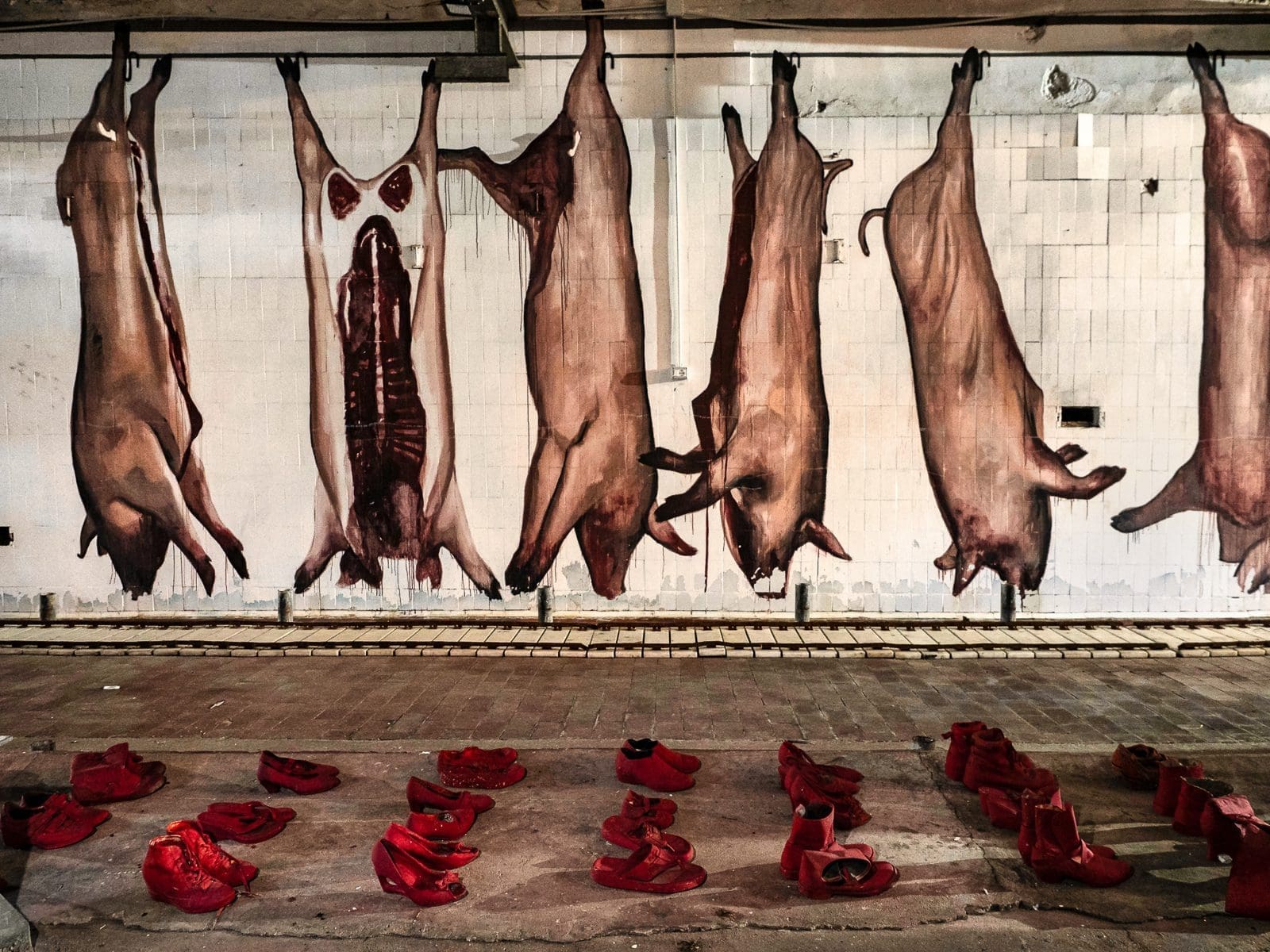
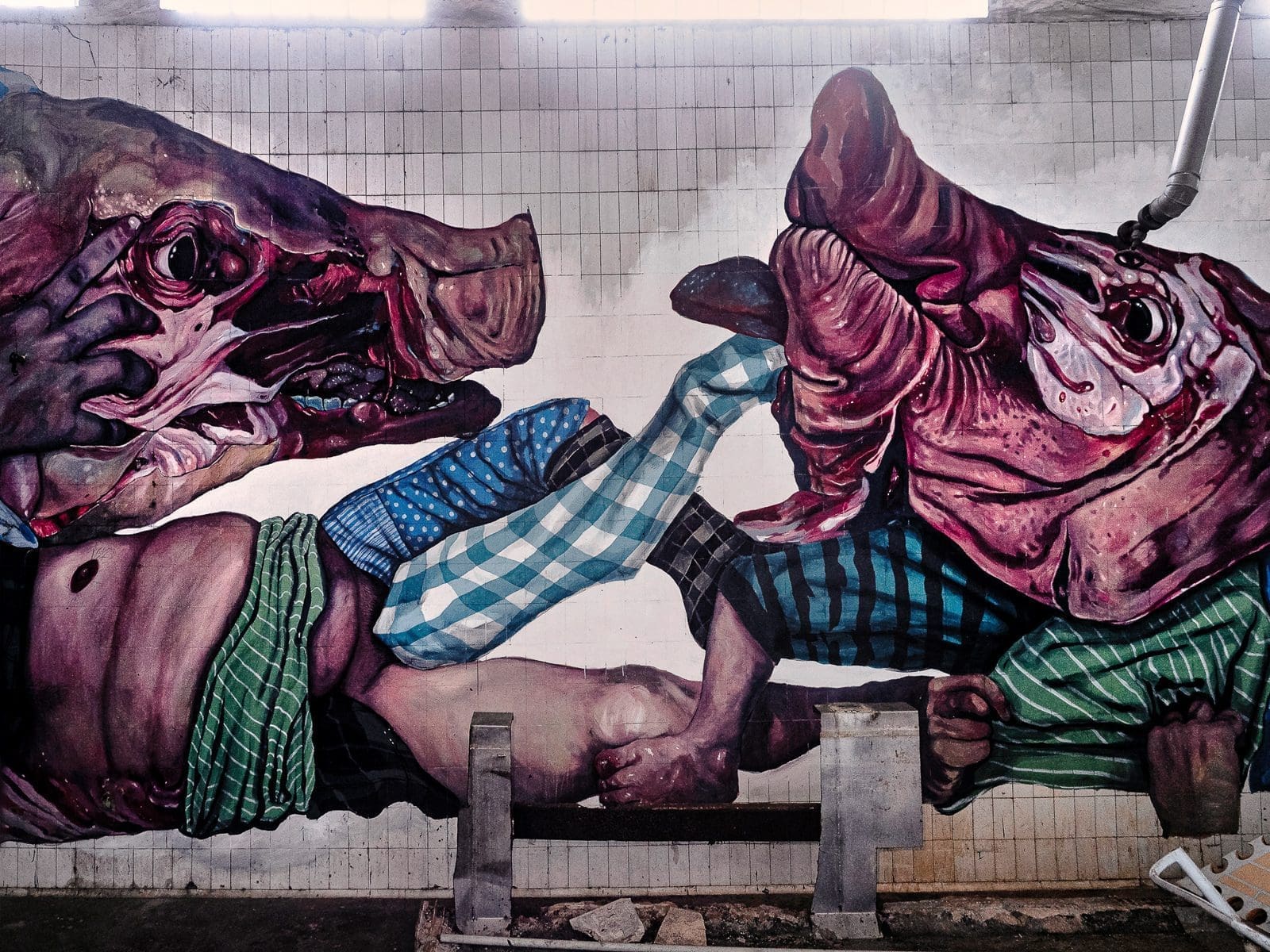
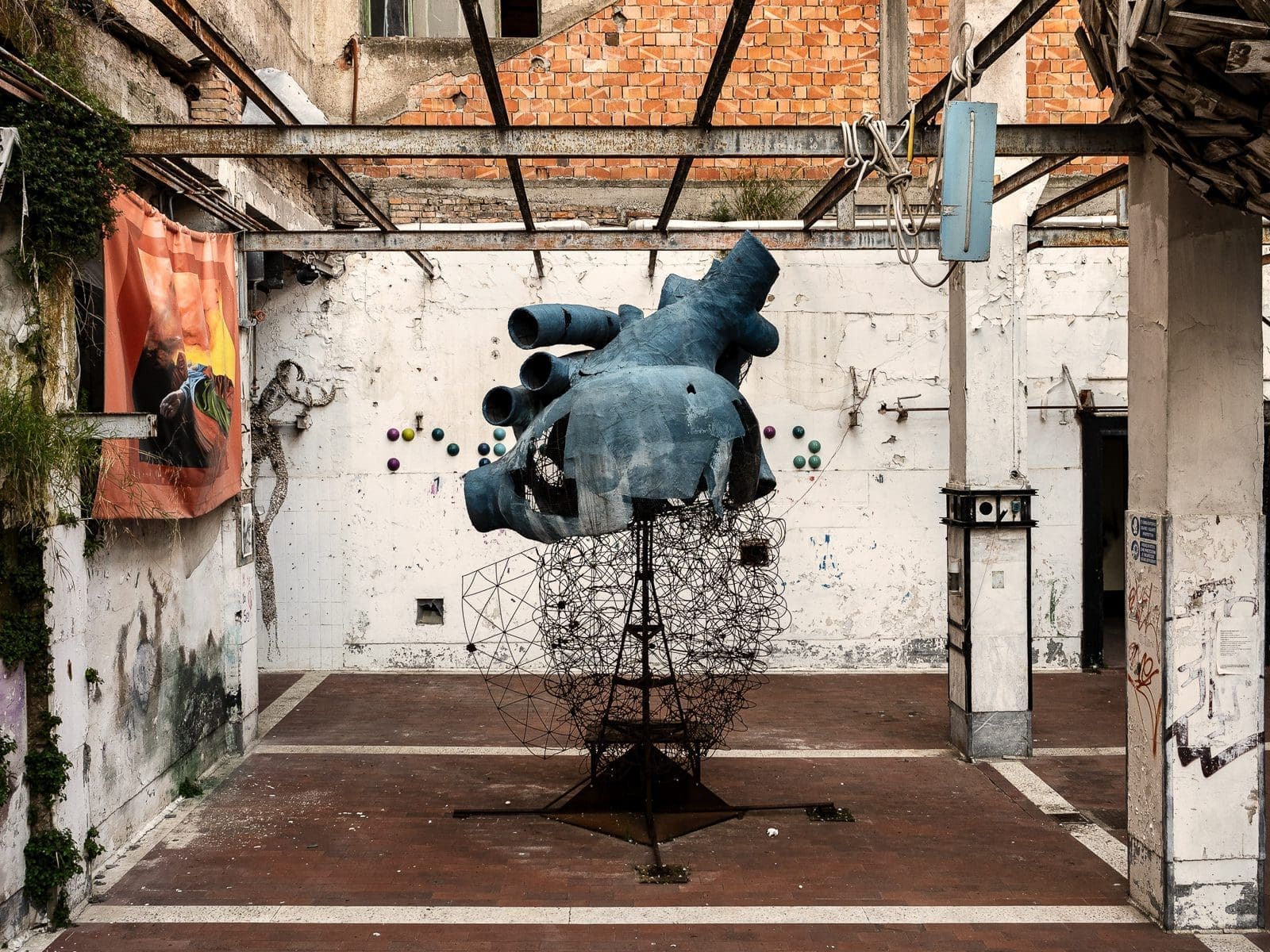
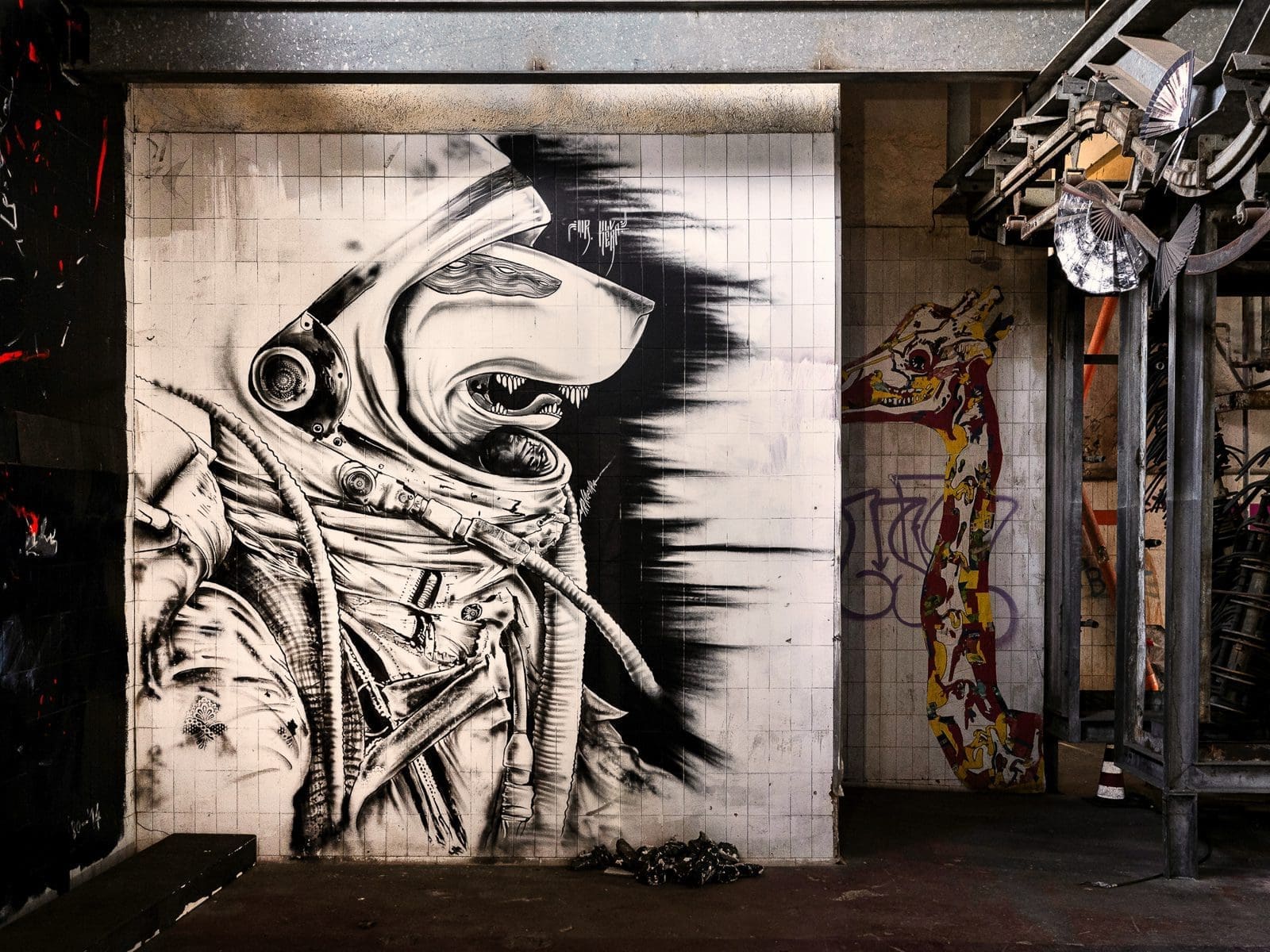
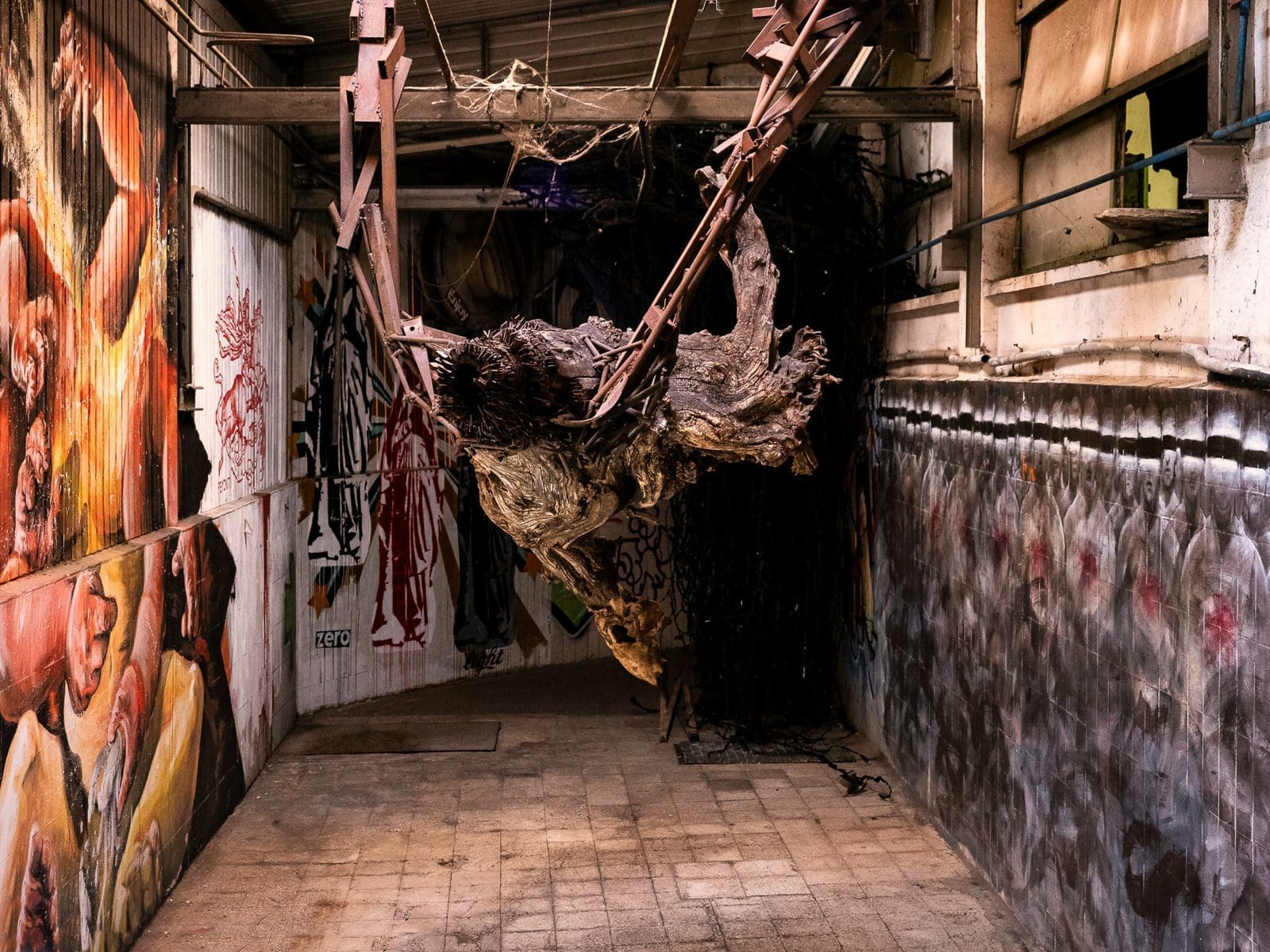
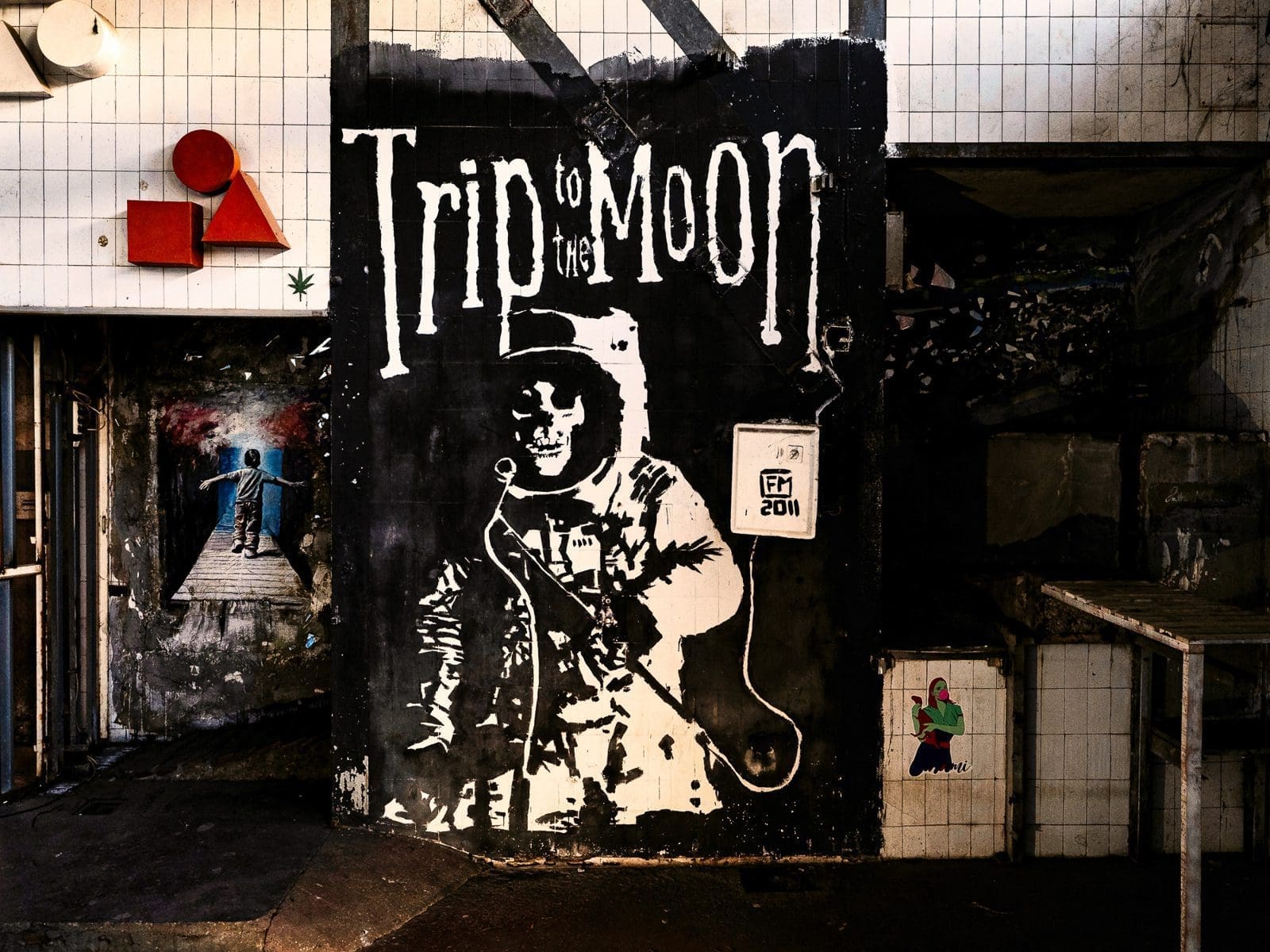
A living museum
The MAAM is open to the public and can be visited in its entirety. However, to enter it is to set foot in a non-place, to quote the French anthropologist Marc Augé, where the original intended use of the external structure is lost in favour of a unique relationship between these spaces and those who live in them.
The museum came to life on the initiative of anthropologist, artist and filmmaker Giorgio de Finis – now the project’s artistic curator – who together with filmmaker Fabrizio Boni made the documentary Space Metropoliz in 2012. “What we are going to tell is a science fiction story. But it is also a story of coexistence, sharing and political engagement. It is the story of an occupation and an artistic provocation, of a spaceship and a museum” (taken from the presentation of Space Metropoliz).
This experience gave rise to the desire to create an independent museum where art and life can intersect, complement and protect each other. ‘Other’ and ‘Elsewhere’ respectively indicate its inhabitants and the value of diversity given by the various cultures that have met here.
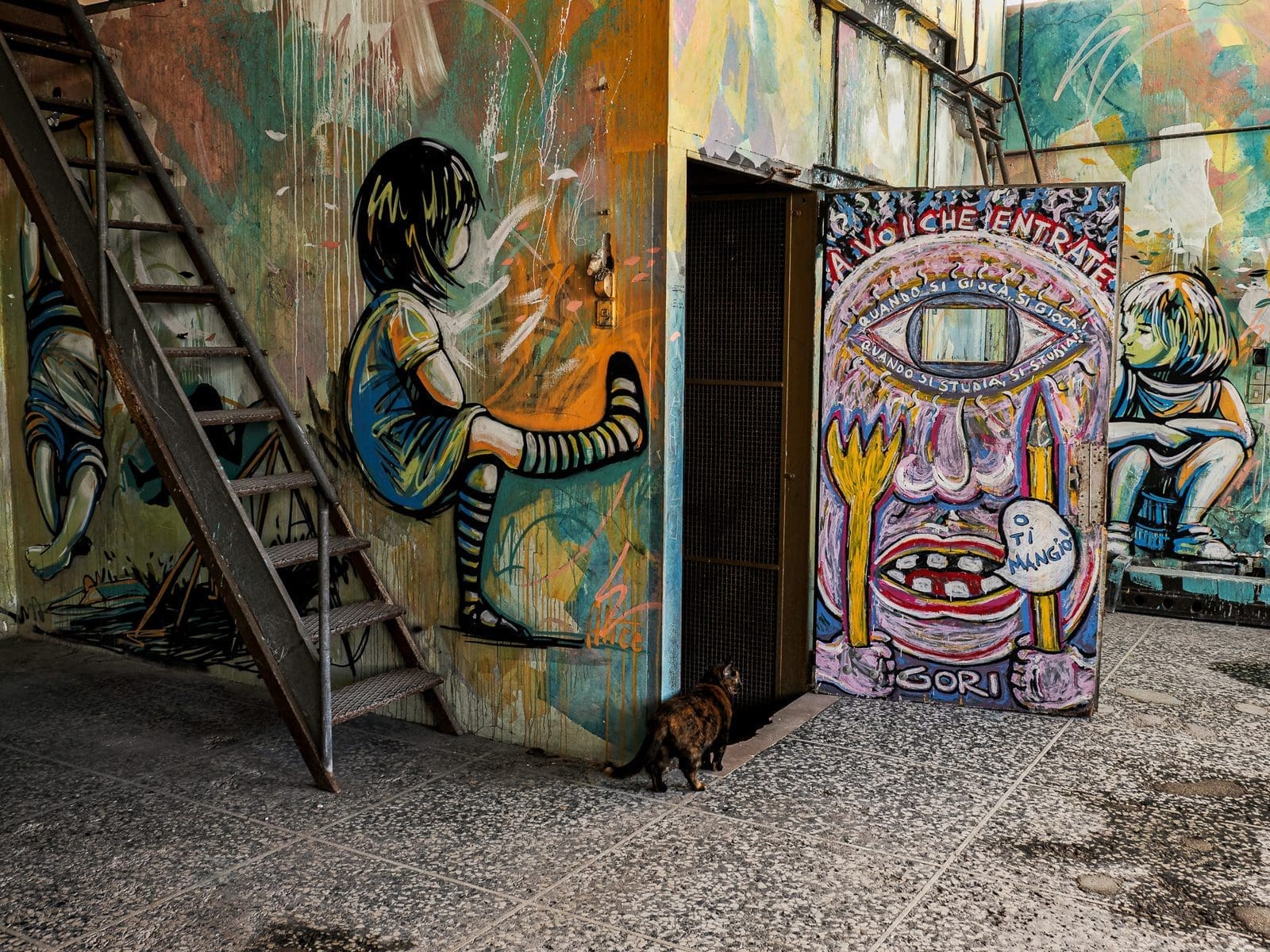
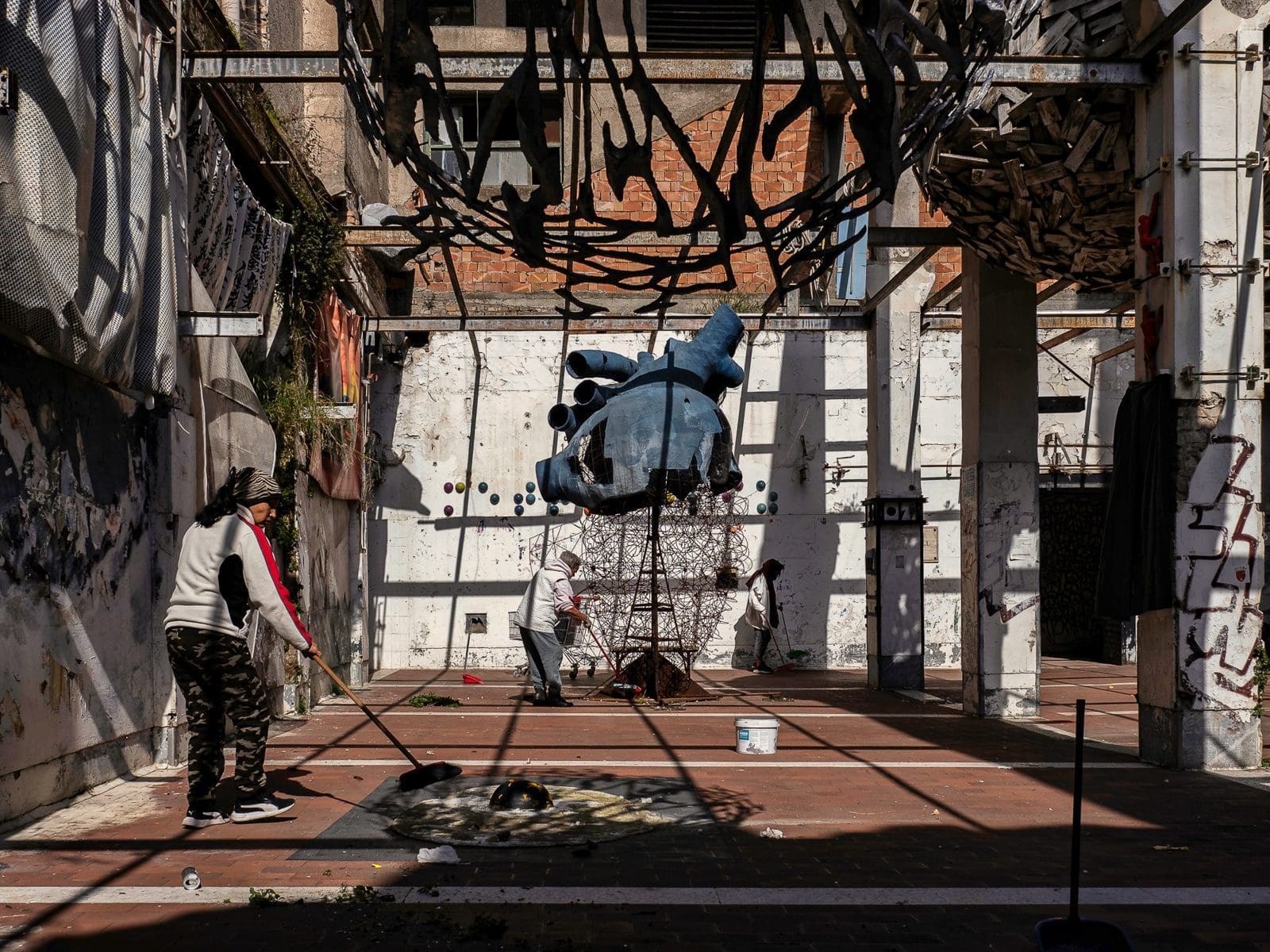
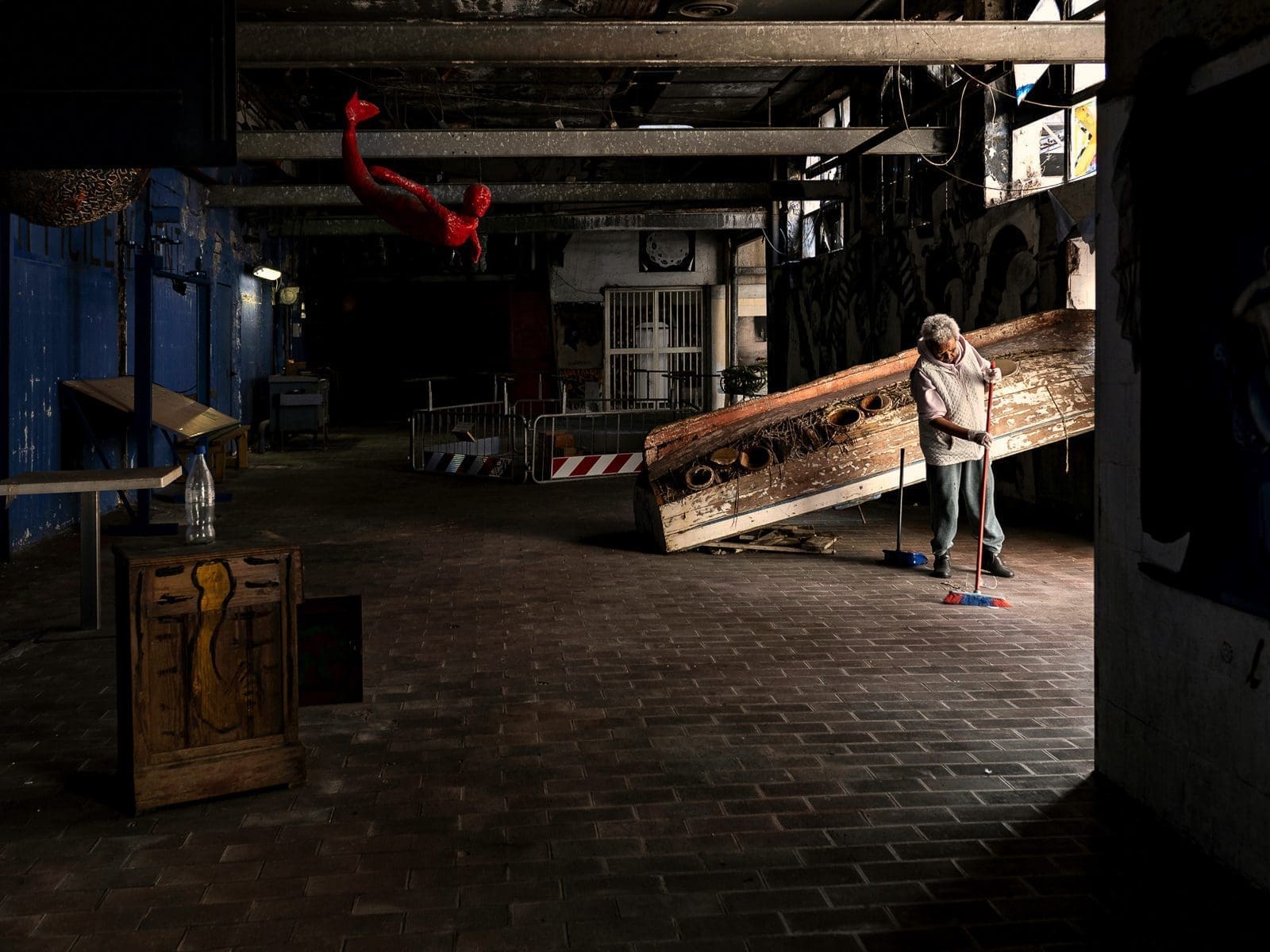
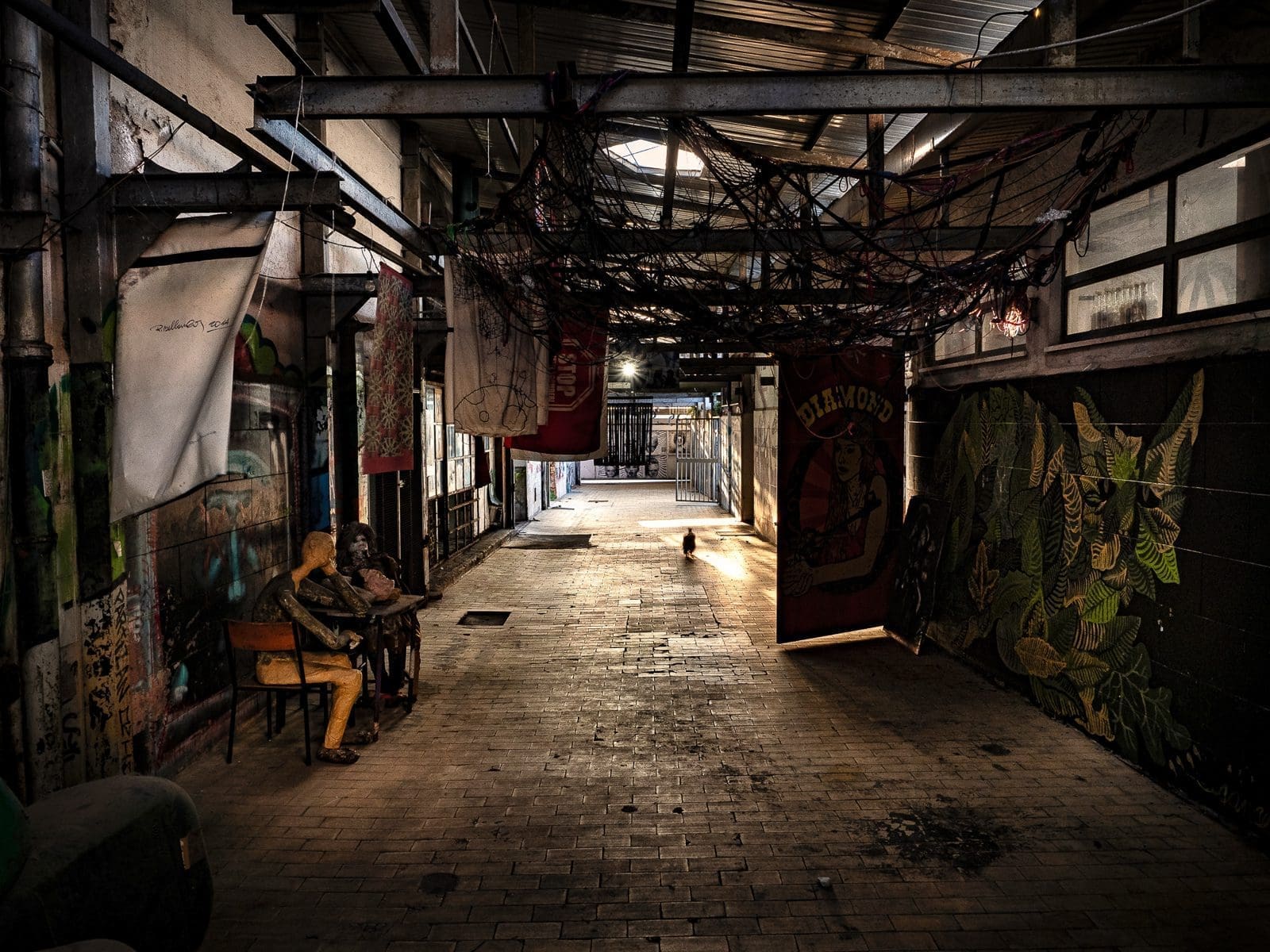
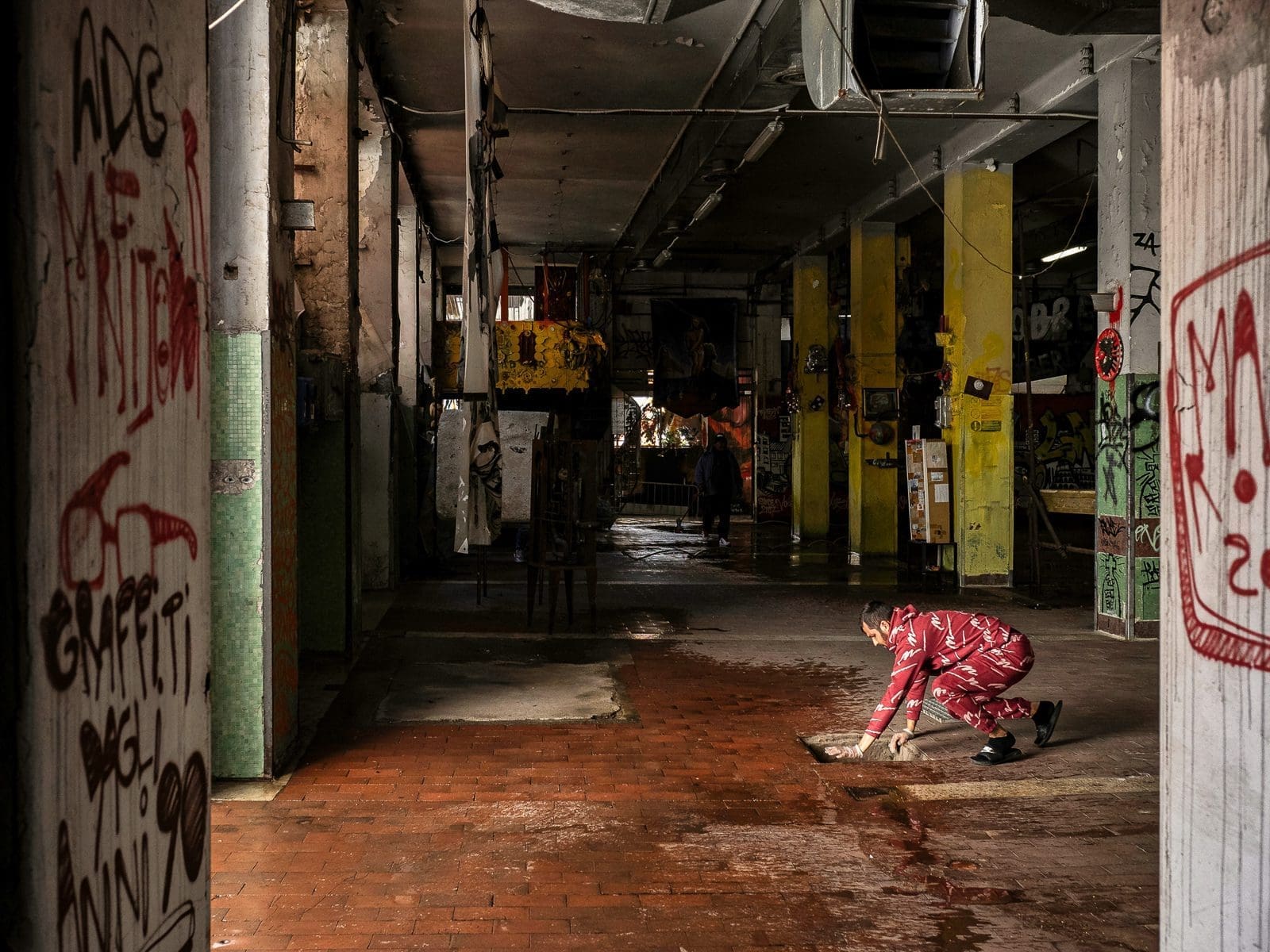
A precarious balance
The MAAM is a unique place that should be preserved. But unfortunately, the museum is part of a series of buildings that the city plans to vacate, partly due to intense pressure from the multinational company that owns it and has decided to invest in the area by building flats.
To save the cultural wealth it preserves, MAAM has officially submitted its candidature for being included on the UNESCO World Heritage List.

